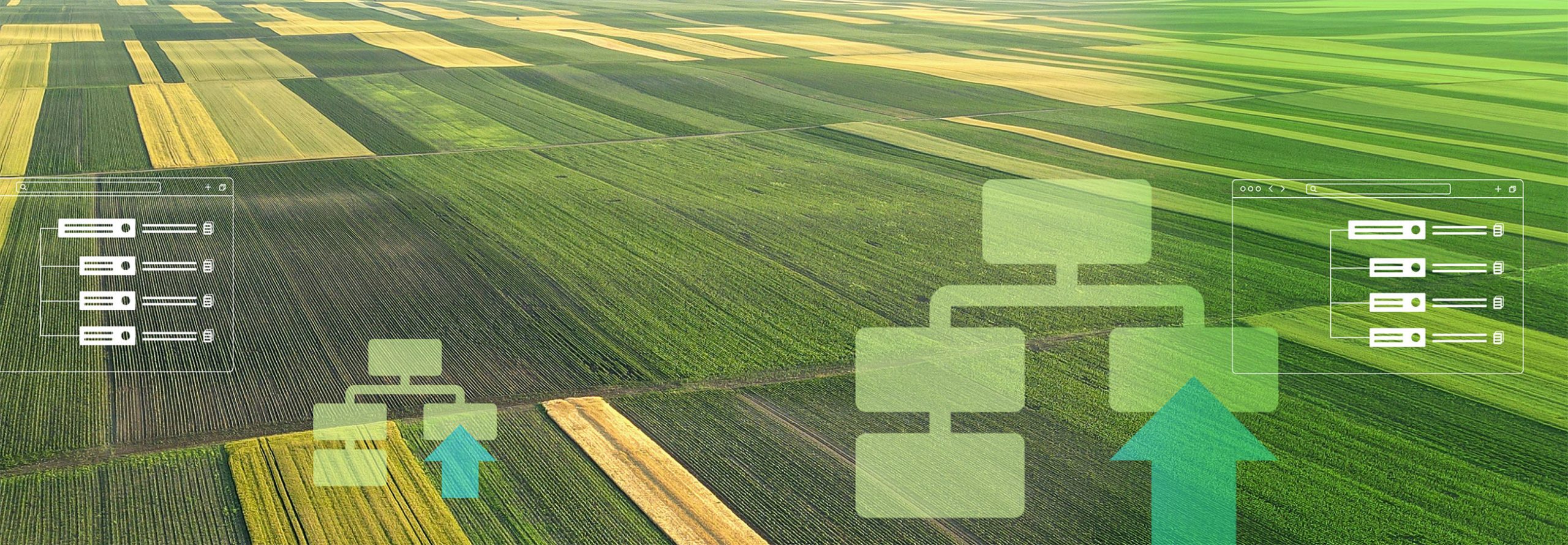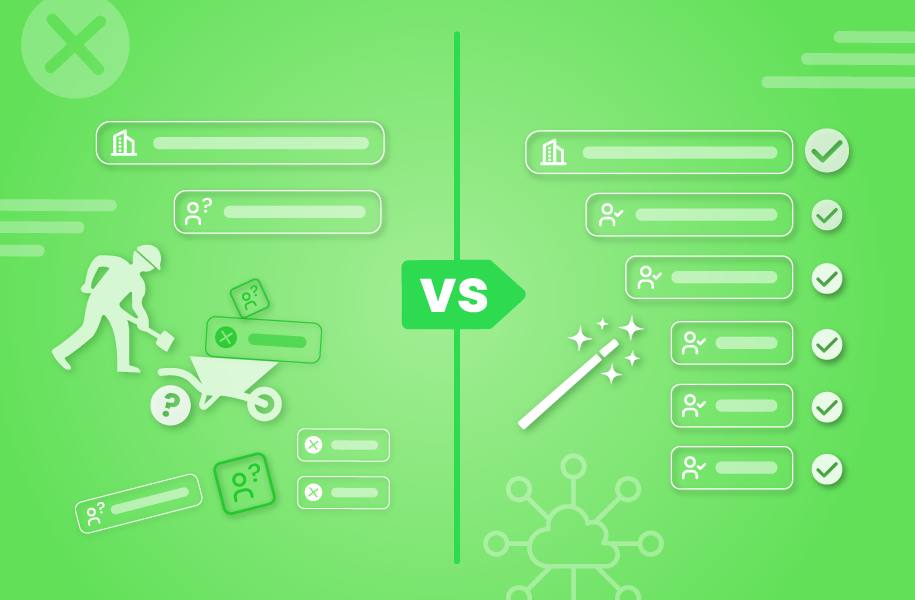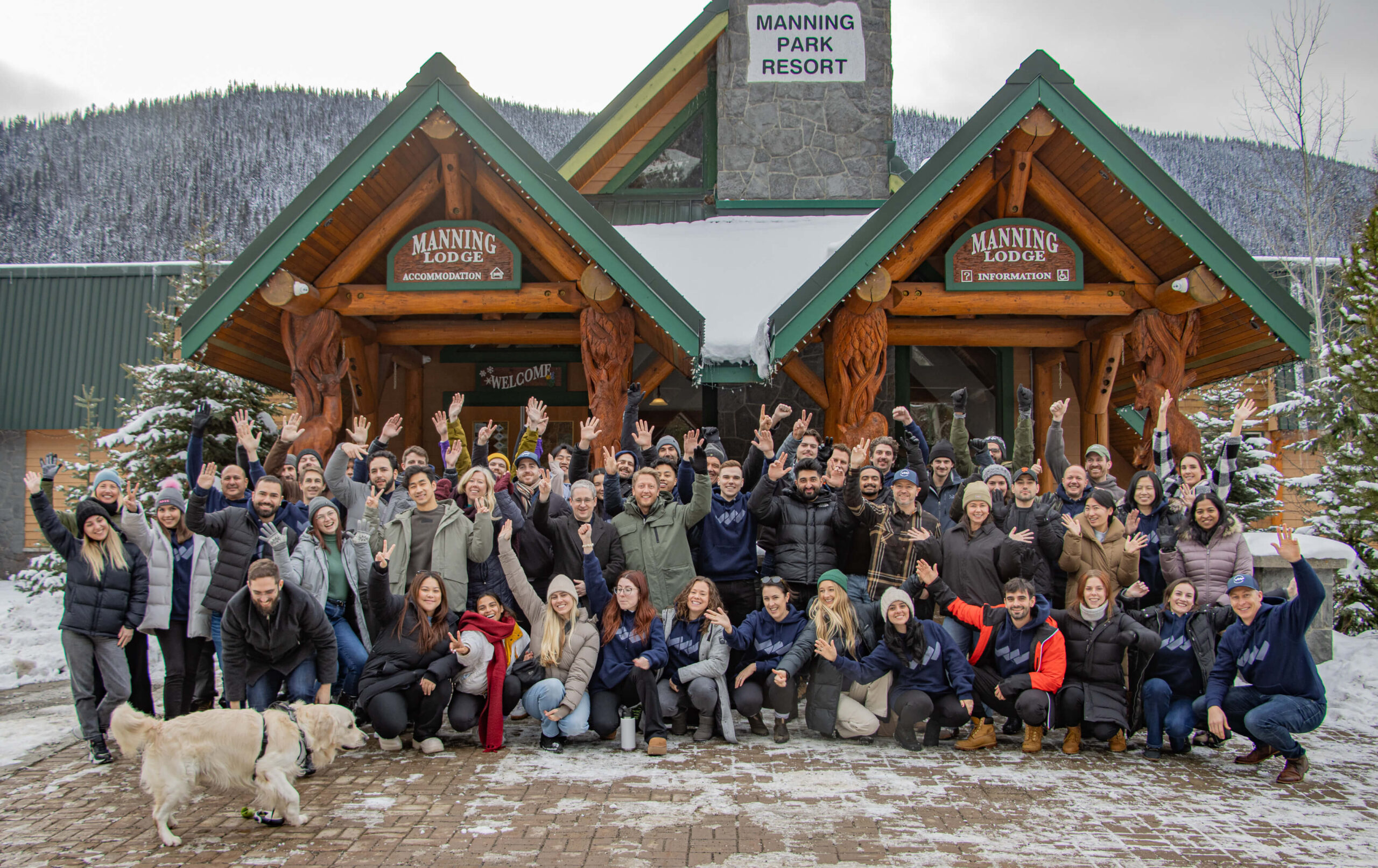Introduction
According to Gartner, 20% of your existing customers will drive 80% of your organization’s future revenue.
And in a challenging environment where B2B companies are reducing their tech stack and attempting to streamline their budget, it can be increasingly difficult to land new logos. So if you’re having trouble getting in the door with new customers, it’s time to land and expand with some of your current customers – and expand on those successful relationships.
You might also like:
- What is an account hierarchy in Salesforce (and why you should use it)
- Everything you need to know about Salesforce Flow Builder vs. Lead Routing Tools
What is Land & Expand?
Land and expand is a selling tactic that begins with selling small deals. By building trust and helping your customer reach their goals, those small deals can expand into long-term partnerships that benefit both the buyer and the seller. Whether you’re just starting out on your land and expand journey, or you’re just looking for some expert advice, here are the top questions asked from our recent webinar with Sales Hacker.
Let’s dive in.
Q&A: the Hunters vs. Farmers Methodology
Ablla Feliciano, Director of Sales Operations at Alteryx, distinguishes her sales team between hunters and farmers. In the Hunter vs. Farmer sales model, Hunters are responsible for landing new logos, while Farmers take on the role of building and expanding those smaller deals into long-term partnerships. It’s a volume vs. relationship cultivation game.
Do you disclose to prospects that the relationship will be handed off before closing the deal? Is there any substantial loss of deals or time in this hand-off stage?
Informing prospects about the entire customer journey is crucial to building trust and giving them visibility. As long as the hand-off stage between the hunter and farmer is well-coordinated and done with transparency, there shouldn’t be any loss of deals – as long as those expectations are set from the beginning of the sales cycle.
How do you avoid awkward handoffs with the customer between a hunter and a farmer? Some customers feel like the transfer doesn’t work out or leaves them with a “lesser” salesperson.
It starts with trust. Have a process and system in place to make sure that the internal transition is consistent and continues to meet the needs of the business and customer. The focus should be on the lifetime value of the customer and growing that relationship. Why did that customer buy, to begin with? Do you have visibility into the problem and pain points that your team is solving for them?
Document those things, develop mutually agreed plans, and make sure that all of that information is handed to the Customer Success and Expand team.
If you can demonstrate to the customer that you’ve done the homework and understand their business, it ensures that the customer is comfortable, confident, and that trust carries over to the new team. If you’re not supporting them and in contact with them, when it comes time to talk about renewals, they’re more likely to say no and churn.
How can you mitigate account conflicts between mid-market and enterprise sales reps while still expanding effectively?
It really comes down to territory planning. Take the time to think about potential areas where conflict might exist and address that upfront. Data also plays a key role in territory planning – make sure that your data is enriched and that firmographic and geographic information is up to date and visible across teams.
It also helps to have policies around how to deal with conflicts and friction. If one does occur, it helps create a reasonable conversation around how to split the deal in a way that’s fair for both sales reps.
What are some lead management tips when it comes to supporting alignment between Hunter’s and Farmers?
Having lead automation software in place ensures that when an account is established, it’s enriched with data and assigned based on territory rules. Not only does this ensure that your leads and accounts are enriched with up-to-date, firmographic data, it plays a big role in preventing territory conflicts from the very start.
On top of that, have tight controls around whenever a new account needs to be created in the CRM. Make sure it’s someone who understands the data and your team’s territory models, instead of having a sales rep do it themselves.
How do you ensure that the hunter is still motivated when they hand off a great customer to a farmer?
Create a compensation plan that supports the kind of work that you want each team to accomplish. What kind of compensation plan can you build that really supports that land motion?
For a hunter, incentivize them to land new logos and to focus on quantity. Farmers, they’re not as focused on new logos, they should focus their efforts on expanding and annual contract value (ACV). Different compensation plans built for each role will drive the behaviour that you’re looking for. Pay and incentivize them the right way.
If the initial land is smaller, should the account stay with the hunter team for longer?
Immediately passing a new logo can often create friction between the hunters (land) and farmers (expand). Ablla Feliciano and the team at Alteryx have found success by implementing a consistency model, where new accounts aren’t taken away from hunters during the course of a year. This strategy also works because it gives sales reps on the “hunter” team more time and runway to maximize that land experience.
How can you support both the landing and expanding when Sales Reps are responsible for doing both?
Arming your sales team with data and visibility into different companies and enterprise structures is a great way to start.
If a sales rep hasn’t landed, you want to provide them with data so they understand who their ideal customer persona (ICP) is and which companies fit into the persona that they sell to. From there, identify the key stakeholders to go after and make sure that you’re team has that kind of visibility — this is where a third-party data provider with firmographics can help.
Once they’ve landed, it’s time to ask who they can expand into. It’s important for them to understand the products that have been sold at each company and how they can expand, whether it’s up-selling different or additional products, or cross-selling to subsidiaries or parent companies.
What are some of the best practices for nurturing customer relationships?
Nurturing customer relationships play a huge role in being able to expand – from the moment you’ve landed the deal.
From the hunter to the farmer, to the customer success team, it takes collaboration from the entire team to ensure that the customer sees success. Not only that, but you’re constantly trying to show them and prove to them the return on investment that they’re getting from their initial purchase.
The worst thing that you can do is walk away. If you’re not supporting them and in contact with them, when it comes time to talk about renewals, they’re more likely to say no and churn.
Large deals often require engaging with a large buying centre. What are some contact strategies to reach organizations with multiple people?
Start by using analytics to identify those opportunities so that you can direct sellers to those areas. Once the data is in your CRM, you have the ability to understand and see where you’re having success as a sales organization from a persona, from an industry perspective, or based on region.
From there, how do you take those best practices, where you know you’re having consistent success, and then identify whitespace to help sellers start to prioritize their time and efforts?
Additionally, it also comes down to making that ask. If your company and product have proven success at one level, it becomes easier to get brokered in or receive a warm introduction to other key individuals at subsidiary or parent companies.
How much time do you put into account planning and strategy as part of a sales rep’s day or week? Continuous account planning is often seen as the holy grail but how realistic is this?
It’s clearly valuable but difficult to leverage the effort when there’s pressure to do calls and activities. You want to prevent paralysis by analysis but at the same time, you don’t want Sales Teams building an account plan and letting it collect dust on the shelf.
Chris Wilson, Vice-President of Sales at Dun & Bradstreet, says that his team revisits sales strategies at the account level on a weekly or bi-weekly basis. This helps ensure that they’re making progress on the goals and metrics being set. If they’re running into challenges with meeting those goals, the bi-weekly cadences are the time to fine-tune their approach.
As a whole, don’t look at it as a one-time exercise but a living, breathing process.
What can you do to ensure successful account planning?
Successful account planning starts with understanding your customers, the personas that typically buy your company’s products, and the whitespace opportunities that exist both departmentally and across subsidiaries.
Additionally, whether it’s messaging, content, or internal references, equip and enable your sellers with the tools they need and encourage them to lean on every resource available.
It can also be beneficial to highlight the key stakeholders that sales reps should be going after.
How do you motivate Project Managers (who aren’t commission-based) to support hunter’s and farmer teams and share information?
It comes down to goal setting and compensation. What do you want your project managers or account managers to be hyper-focused on? Make sure that they’re incentivized and pair that with appropriate KPIs, whether that’s driving the adoption of products, usage, volume numbers, or even renewals.
How do you interview and determine the best fit for sales roles with a different mentality and approach?
As a first step, it’s essential to staff each team with the right kind of seller. Hunters are extremely creative, resilient, and very resourceful. They’re creative in getting that first touch with a prospective customer. Farmers typically have existing relationships and now they’re going to grow those relationships into much larger partnerships with the customer.
It’s hard to put a farmer on a land team. Similarly, it’s hard to put a hunter on an expand team – they might not be ready or might need to build more relationships to learn how to do it effectively.
How do you see sales roles changing during a softer economy? What does this do to onboarding new sales professionals?
The reality is that during a down market, companies are closely scrutinizing their spending. What a lot of sales teams are seeing is that sales cycles are a little longer and deals aren’t as large as they used to be. Additionally, companies are competing for a finite amount of dollars that are going across a number of different investments.
That’s why it’s important to do a great job with landing and discovery, meeting the expectations of the customer, and understanding the opportunities to grow that deal from an up-sell perspective.
For new sales professionals, ensure that they’re familiar and comfortable with the personas that your company sells to, as well as the problems that you solve for each of those personas. Ensure that they’re prioritizing their time and efforts based on where the most opportunity is.

Bring Your Land and Expand Selling to New Heights
During a down market, it’s more important than ever to tap into your smallest accounts and turn them into big fish.
To learn more about selling more effectively and growing your customer accounts, watch Traction Complete and Sales Hacker’s Webinar, “4 Steps to Land and Expand in a Down Market.”




